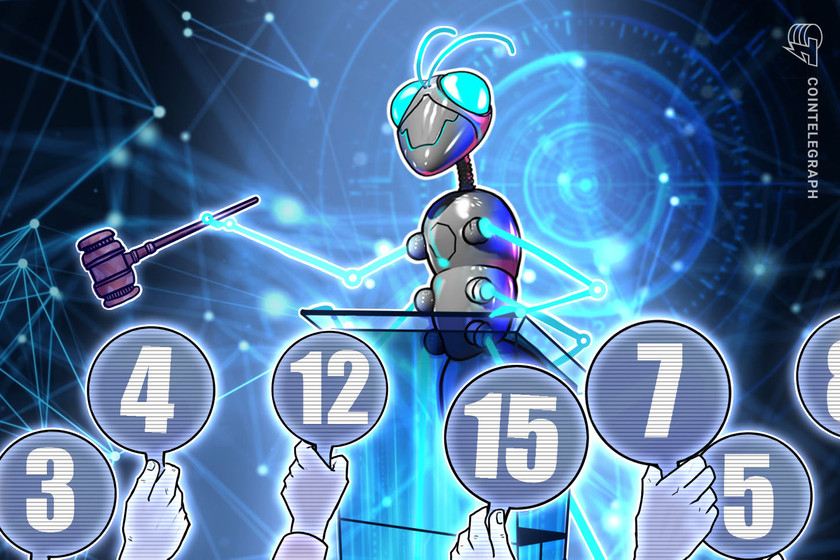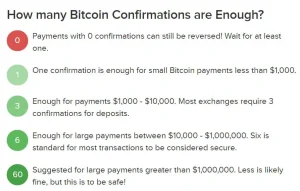The Kusama Council is set to announce a further five parachain auctions after a successful $450 million TLV in the first round back of June 2021.
Kusama is a platform that acts as a test environment, or a so-called “canary network,” for developers to experiment and determine the efficiency of their blockchain code and applications prior to their official release on the Polkadot network.
Due to the trial-and-error nature of Kusama, developers can benefit from a less stringent governance framework, as well as lower staking requirements than they would experience on Polkadot.
Following the debut success of its parachain auctions back in June of this year, the Kusama Council is set to approach a further five auctions scheduled for the coming weeks.
Parachain auctions on Kusama adopt a rare historical method of auction analysis called the candle method, whereby users will bid during a fixed allocated auction time, staking their Kusama (KSM) tokens for their favored project. The winner of the auction is the project who receives the greatest funding total.
In the modern era, retail consumers will be familiar with this hourglass approach through its application in the bidding process on e-commerce platform eBay.
However, this method also comes with flaws. Most notably, the issues of front-running, which encourages characteristics of insider knowledge, and last-minute bidding wars skew the dataset since every bidder knows when the time will run out.
With the supplementation of blockchain technology, the case for candle auctions — as addressed in research at the Web3 Foundation this year — is two-fold: “front-running and the presence of smart contracts among bidders.”
Although bidding participants know the times of the start and end block, they do not know the time of the crucial termination block with the five-day ending period. This ensures that no participant can predict when the auction will be terminated, granting each project an equal shot at acquiring value.
The first parachain slot auction of this new round, and the sixth overall, will begin on Sept. 1. The initial bidding period will last for two days, followed by a five-day ending period. In total, five auctions will occur over a five-week period, with a scheduled pause to evaluate the network’s performance.
The auction times are scheduled for 12:00 pm GMT on Sept. 1, 8, 15, 22 and 29.
For the first round of parachain auctions between June 15 and July 20, 18 independent teams have registered to participate in the crowdloan campaign, receiving funding from almost 20,000 unique accounts that contributed to a total of over 1.3 million KSM (roughly $450 million).
Crowdloaning is a mechanism designed to promote decentralization across parachains by distributing tokens to users in return for their staked assets. The method draws similarities to liquidity mining on Ethereum, whereby participants can receive token grants from their favored decentralized finance project.
If a crowdloan campaign is successful, that parachain will be on-boarded to the Relay Chain, and the collective tokens will be locked in that parachain’s account for the entire duration that it is active.
In the case of the debuted five auctions, the majority of the slots were overpaid for, a positive marker for decentralization and the sharing of individual project value.
Cryptocurrency exchange Kraken announced its support of the parachain auctions, allowing customers to stake Kusama’s KSM tokens on its platform.
Of the teams involved, it was decentralized exchange platform Karura that took the top spot, registering an initial total value locked of over 500,000 KSM, valued at $90 million at the time of writing. The platform then advanced to launch on both Polkadot and Kusama the following month. Other notable auction successes were Moonriver and Shiden, which received over 205,000 KSM and 138,000 KSM, respectively.






















